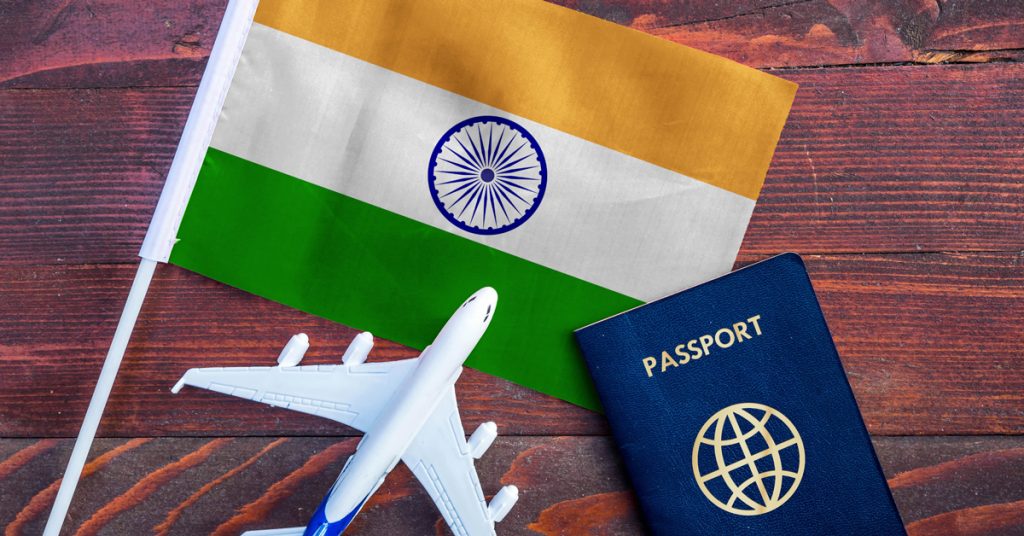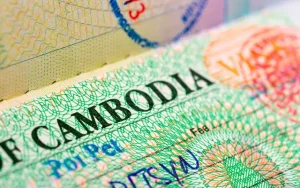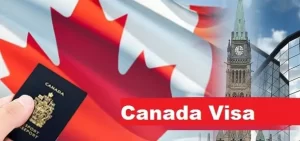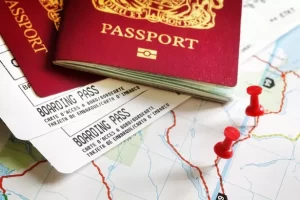
Introduction
Getting an urgent Indian visa can be a daunting task, especially when time is of the essence. Whether it’s an emergency trip, a sudden business meeting, or an unexpected family event, understanding the process and requirements for obtaining an urgent Indian visa is crucial. This article will guide you through every step, ensuring you’re well-prepared and informed. Urgent Indian Visa
Understanding the Indian Visa System
India offers various types of visas, each serving different purposes. The most common include tourist visas, business visas, medical visas, and student visas. An urgent Indian visa, often referred to as an emergency visa, is a special category designed to expedite the process for those who need to travel to India on short notice.
Reasons You Might Need an Urgent Indian Visa
There are several scenarios where you might need an urgent Indian visa:
- Emergency Situations: Unexpected events such as natural disasters or political unrest.
- Business Purposes: Sudden business meetings or conferences.
- Medical Emergencies: Immediate medical treatment or consultation.
- Family Emergencies: Critical situations involving family members.
Eligibility Criteria for an Urgent Indian Visa
Not everyone qualifies for an urgent Indian visa. To be eligible, applicants must:
- Be nationals of countries that are eligible for Indian visas.
- Provide valid reasons for urgency, supported by relevant documents. Indian Visa from Australia
Documents Required for an Urgent Indian Visa
To apply for an urgent Indian visa, you need:
- A valid passport with at least six months of validity and two blank pages.
- A recent passport-sized photograph.
- Proof of travel, such as flight tickets.
- Supporting documents that justify the urgency (e.g., medical reports, business letters).
Step-by-Step Application Process
Applying for an urgent Indian visa involves several steps:
- Online Application: Fill out the visa application form on the official Indian visa website.
- Payment of Fees: Pay the visa fee using accepted payment methods.
- Scheduling an Appointment: Book an appointment at the nearest Indian consulate or visa center.
Online Application: Detailed Guide
When filling out the online application:
- Ensure all personal information matches your passport.
- Upload a digital photograph that meets the specifications.
- Attach scanned copies of required documents.
- Double-check for accuracy to avoid delays.
Payment Process and Fees
The visa fee for an urgent Indian visa varies based on nationality and visa type. Payments can typically be made via credit/debit card or through online banking. Ensure you receive a receipt after payment.
Scheduling and Attending Your Visa Appointment
After submitting your application and paying the fees, schedule an appointment at your nearest Indian consulate or visa center. During the appointment:
- Bring all original documents and copies.
- Be prepared for a brief interview.
- Biometrics (fingerprints and photograph) may be taken.
Processing Time and Receiving Your Visa
Urgent Indian visas are usually processed within 1-3 business days. You can track the status of your application online using the reference number provided. Once approved, the visa will be stamped in your passport and can be collected or mailed to you.
Tips for a Smooth Urgent Visa Process
To ensure a smooth application process:
- Double-check all information and documents.
- Be honest and clear about your reasons for urgency.
- Keep copies of all submitted documents.
Common Mistakes to Avoid
Avoid these common mistakes:
- Incomplete applications.
- Incorrect or inconsistent information.
- Failing to provide adequate supporting documents.
Case Studies: Real-Life Examples
Successful Applications:
- A businessman needed to attend an urgent conference in India. By providing a detailed invitation letter and a letter from his employer, his application was approved in 48 hours.
- A woman needed to visit her ailing mother in India. With medical reports and a letter from the hospital, her visa was processed within a day.
Challenges Faced and How They Were Overcome:
- An applicant’s visa was delayed due to incomplete documentation. After submitting the missing documents, the visa was issued within 24 hours.
- A tourist needed an urgent visa but initially provided incorrect travel dates. Correcting the dates and resubmitting the application resolved the issue.
Frequently Asked Questions (FAQs)
What qualifies as an emergency? Emergencies include medical situations, urgent business matters, or critical family events.
Can I expedite my regular visa application? Yes, many visa centers offer expedited processing for an additional fee.
How long is the urgent visa valid? The validity depends on the type of visa issued but is typically the same as a regular visa.
Can I apply for an urgent visa if I’m already in India? No, urgent visas are only issued to those outside India.
What happens if my urgent visa application is denied? You can reapply with corrected or additional information, or apply for a regular visa.
Conclusion
Obtaining an urgent Indian visa doesn’t have to be stressful if you know what to expect. By understanding the process, gathering the necessary documents, and following the steps outlined, you can ensure a smooth and swift application. Whether for business, medical, or personal reasons, having the right information at your fingertips is key to navigating the urgent visa process successfully.





